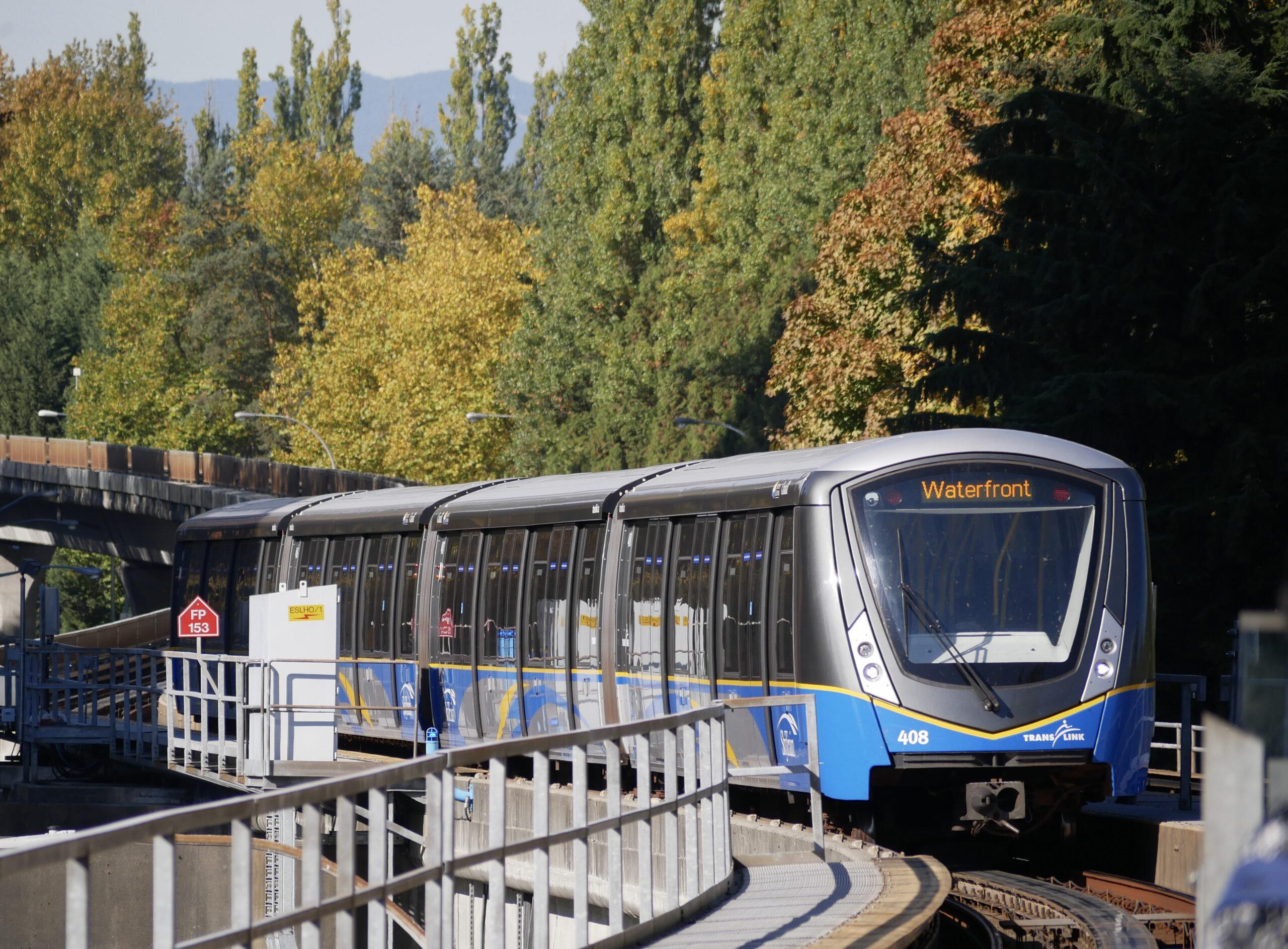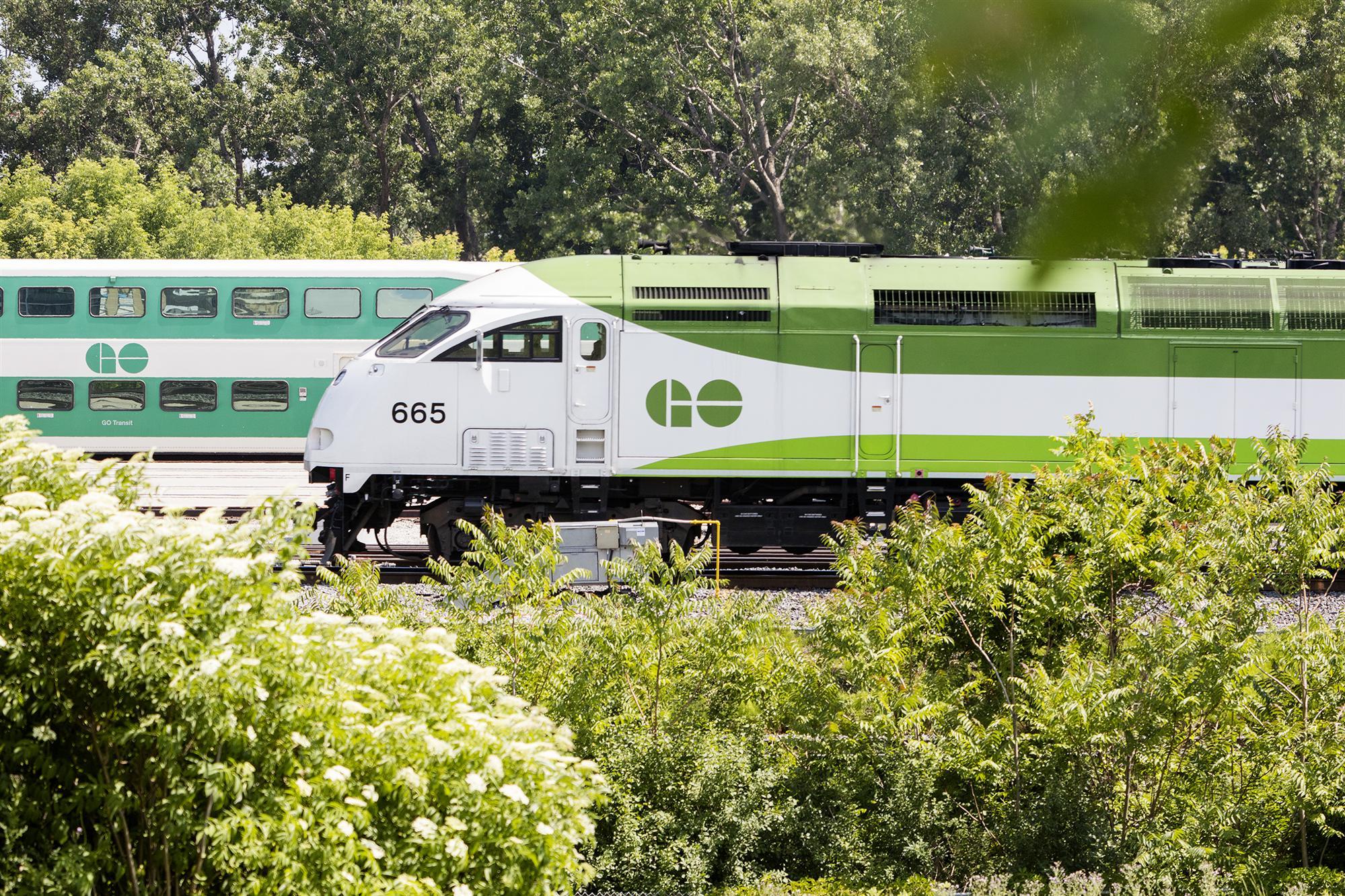Getting Canadians where they need to be: How Metrolinx and British Columbia Rapid Transit Company meet growing demands and adapt to changing travel patterns
Posted onCanada’s vast geography and fast-growing cities require efficient, sustainable transportation options. And Canada’s passenger and commuter railways deliver.
The most recent statistics show that 31.4 million people used passenger and commuter rail in 2022, and that number is only projected to grow. Passenger and commuter railways move people within and between cities, connecting them reliably and getting them safely where they need to be.
At its core, commuter rail moves people at peak periods, like during morning and evening rush hours. However, those peak periods are changing due to a variety of factors like hybrid or remote work and social events.
And operators are looking ahead – trying to anticipate and meet growing demands, supporting socio-economic changes, and providing sustainable ways to travel.
“The automated nature of our system makes responding to these (changing travel patterns) relatively straightforward as the level of service that can be provided is not tied strictly to crew rosters,” says Ian Fisher, Manager, Operations Planning at British Columbia Rapid Transit Company Ltd (BCRTC).
BCRTC maintains and operates two of the three SkyTrain lines in Metro Vancouver (the Expo Line, and the Millennium Line). Launched in 1986, the SkyTrain is the oldest and one of the longest fully automated, driverless, rapid transit systems in the world.
Metrolinx, which serves the sprawling Greater Toronto and Hamilton Area in south-central Ontario, also notes how the transit landscape has transformed dramatically post-pandemic, with significant changes in their traditional peak times of travel. Peak business travel has gone from four to five days in office to now three.
Metrolinx has seen a sustained increase in leisure travel, with GO Train weekend ridership exceeding pre-COVID levels and breaking records.
In November 2023, weekend ridership recovery was 123.6%, hitting a high of 142.2% ridership recovery in September.
Metrolinx was founded in 2006, and operates GO Transit, UP Express and PRESTO, with transit projects underway in 16 municipalities across Canada’s most populous urban area and its most important economic hub.
By 2041, the Greater Golden Horseshoe, as the area ringing Lake Ontario is known, is expected to grow to more than 12 million people, with rail-based transit demand only expected to grow.
“GO Expansion is the largest transit expansion in North America, and is a critical piece of how we’re going to support this growing region,” says Paul Judge, Deputy Chief Capital Officer – GO & UP, at Metrolinx.
Judge explains that once complete, GO Expansion will offer faster and more frequent service across
Metrolinx-owned segments of the GO network. During rush hour, transit users on the core network can expect a train every 15 minutes or better.
Adjusting to new commuter patterns isn’t the only change that railways are working through. Budget 2024 includes $8.5 billion in new spending for housing, and the federal government maintains its housing measures will help build roughly 3.7 million more homes by 2031. Much of that is expected to be built around transit.
Regional planning in Metro Vancouver has focused for close to 50 years on building strong regional town centres along the rapid transit network.
“Initially development was a little restrained as it was based on anticipated rail transit but since we first opened in 1986 there have been multiple waves of high density predominantly residential and retail development in these town centres and other station areas,” explains Fisher.
The Ontario government, meantime, passed the Transportation for the Future Act, 2023. Judge explained that this will help build more GO transit stations and support housing around trains to make it convenient to travel in and around the Greater Toronto and Hamilton Area.
“The legislation also creates a new voluntary funding tool for municipalities that will help spur the construction of new GO Transit stations,” says Judge.
With higher-density developments, it’s vital that people not only get around, but do so sustainably.
According to Fisher, in Metro Vancouver, transportation emissions make up over 40% of all greenhouse gas emissions (GHG), with 75% of emissions coming from passenger vehicles. For the region’s climate 2050 roadmap targets, the region is looking to reduce driving through active transportation and public transit as its top transportation priority. But BCRTC is already ahead of that.
“Our service is electrically powered and the vast majority of electric power in BC comes from hydroelectric sources, so we take pride in being a near zero-emission transportation service,” says Fisher.
For Metrolinx, the new GO Expansion is expected to eliminate more than 145,000 car trips per day by 2040, which will reduce congestion and vehicle emissions.
Passenger and commuter rail lines from coast to coast have one thing on their mind: connectivity.
Their service is vital for getting Canadians where they need to be. Whether that’s to work, a hockey game, or a once-in-a-lifetime event like a solar eclipse. The daily lives of millions simply wouldn’t function the same without them.
-30-

